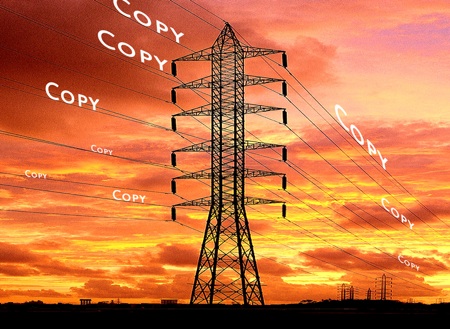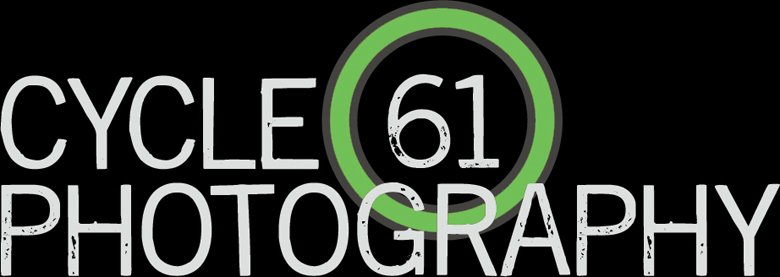
Today I'm going to break from my normal stream of thought and switch channels to somebody else's. Kevin Kelly, author of the Technium blog, has written a very thought-provoking essay "Better Than Free" on what value creative content has in an environment where anything that can be seen or heard can be copied, stored, and redistributed nearly instantaneously. His post, including the image above, is protected under a "Creative Commons" license, which in this case permits free distribution so long as the original creator is credited, and no further restrictions are placed on the work by distributors. He summarizes:
"When copies are free, you need to sell things which can not be copied."
What those things, which he refers to as generatives, might be, after the jump.
Kevin continues his thinking, asking
"We can start with a simple user question: why would we ever pay for anything that we could get for free? When anyone buys a version of something they could get for free, what are they purchasing?
From my study of the network economy I see roughly eight categories of intangible value that we buy when we pay for something that could be free."
Immediacy -- Sooner or later you can find a free copy of whatever you want, but getting a copy delivered to your inbox the moment it is released -- or even better, produced -- by its creators is a generative asset.
Personalization -- As many have noted, personalization requires an ongoing conversation between the creator and consumer, artist and fan, producer and user. It is deeply generative because it is iterative and time consuming. You can't copy the personalization that a relationship represents.
Interpretation -- As the old joke goes: software, free. The manual, $10,000. But it's no joke. A couple of high profile companies, like Red Hat, Apache, and others make their living doing exactly that.
Authenticity -- You might be able to grab a key software application for free, but even if you don't need a manual, you might like to be sure it is bug free, reliable, and warranted. You'll pay for authenticity.
Accessibility -- Ownership often sucks. You have to keep your things tidy, up-to-date, and in the case of digital material, backed up. And in this mobile world, you have to carry it along with you.
Embodiment --Nothing gets embodied as much as music in a live performance, with real bodies. The music is free; the bodily performance expensive. This formula is quickly becoming a common one for not only musicians, but even authors. The book is free; the bodily talk is expensive.
Patronage -- It is my belief that audiences WANT to pay creators. Fans like to reward artists, musicians, authors and the like with the tokens of their appreciation, because it allows them to connect. The elusive, intangible connection that flows between appreciative fans and the artist is worth something.
Findability -- Where as the previous generative qualities reside within creative digital works, findability is an asset that occurs at a higher level in the aggregate of many works. When there are millions of books, millions of songs, millions of films, millions of applications, millions of everything requesting our attention -- and most of it free -- being found is valuable.
These eight qualities require a new skill set...these new eight generatives demand an understanding of how abundance breeds a sharing mindset, how generosity is a business model, how vital it has become to cultivate and nurture qualities that can't be replicated with a click of the mouse.
Please note, this is not anywhere near a transcript of the full essay, I'm merely skipping along the tips of the icebergs here. Please take a few minutes to head over to his site and read the whole thing, if you're in the business you can't afford not to.


No comments:
Post a Comment